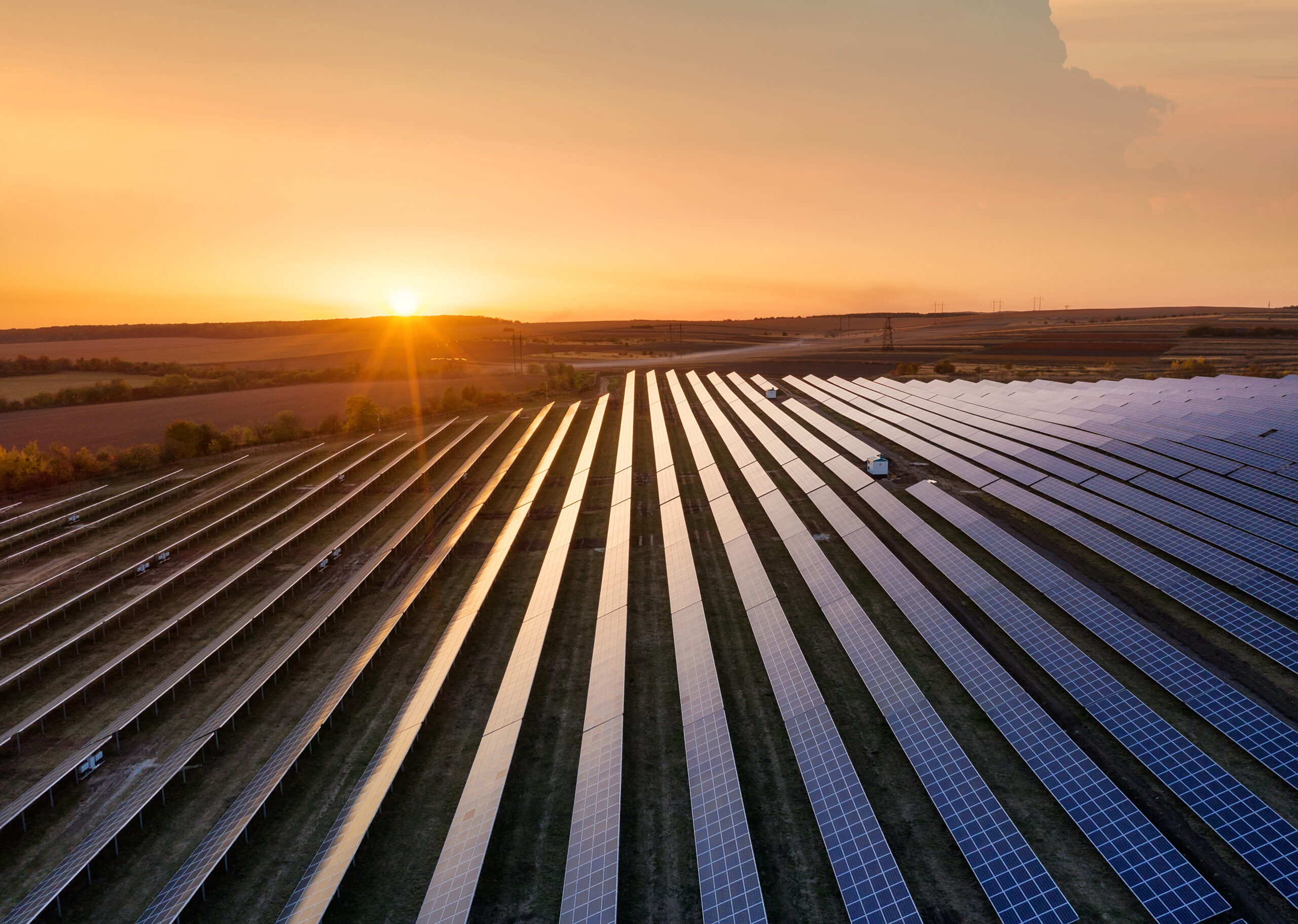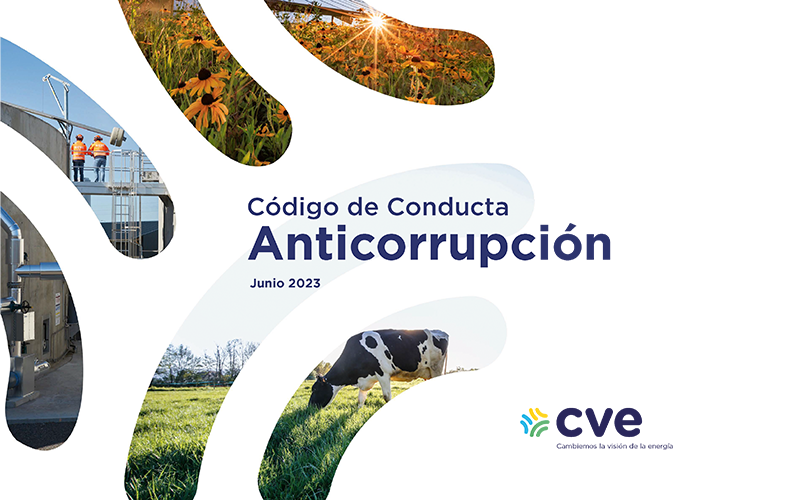As the energy landscape evolves, the Solar Plaza Madrid Summit provided critical insights into the challenges and opportunities for the solar industry in Spain. Jonathan Jay, Country Manager CVE España, took part in the roundtable “Shaping Solar Futures: Is Spain’s PPA Revolution Your Untapped Goldmine?”
This article delves into key discussions from the summit, focusing on investment strategies, market dynamics, and the future of solar energy in Spain. Our aim is to equip stakeholders with the knowledge needed to navigate this complex yet promising market.
Understanding the Current Market Conditions
The current market conditions present a mix of challenges and opportunities for solar investors. Lower market prices and higher interest rates have introduced significant hurdles for investors. According to the Jonathan Jay, our Country Manager for Spain, only a fraction of the pipeline projects can be built under these conditions, especially considering the tighter restrictions imposed by local governments (e.g. underground transmission line). It is now crucial for investors to focus on Tier-1 assets, as they offer more reliability and potential for success.
The Overestimated Solar Capacity Projection
Spain’s ambitious target of 76GW of installed solar capacity by 2030, as per the latest update of the PNIEC, makes only if put in perspective with demand growth driven by electrification (EVs, electrolyzers) and massive storage deployment. This projection does not align with the limited growth in electricity demand (yet inferior to pre-Covid level) and the slow implementation of Battery Energy Storage Systems (BESS) in Spain in the absence of a clear business model for storage. We anticipate a more realistic growth rate of 3-4GW of installed capacity annually over the next five years.
Strategic Shifts in Solar Investment
The era of extensive large-scale PV portfolios connected to transmission substations in vast, uninhabited lands is waning. Recent policies, like the tax on renewables in Aragón, highlight increasing opposition to large-scale renewable projects from local government and local communities. As a response, companies like CVE are shifting their strategy towards aggregating portfolios of distribution-connected projects. This approach aims to serve industrial consumers with lower volumes, offering flexibility in Power Purchase Agreement (PPA) structures to meet client needs as well as protecting PV assets from curtailment.
Financing and Investment in Solar Projects
Despite market fluctuations, the Project Finance (PF) scheme remains a robust method for financing infrastructure renewable projects. The merchant window, which previously offered opportunities for high returns in a context of very high gas prices, has largely disappeared in the Spanish market. However, the current price environment, influenced by both structural and conjunctural factors, presents opportunities for resilient investors who stick to their strategies.
Challenges in Securing PPAs
Securing PPAs has become more complex, with reduced appetite for large portfolios, particularly from utilities that pioneered the development of the PPA market in Spain. Pre-COVID, it was common for sponsors to consult multiple utility counterparts and obtain similar price level and PPA terms and conditions. The picture is however quite different nowadays given the increasing risk level and price uncertainty in the market, leading to significant variability in offers and pushing sponsor towards corporate PPAs. Moreover, the increase in curtailment in transmission is a growing concern, further complicating the investment landscape.
Innovative Contracting Strategies
Resilience and innovation are key in overcoming current market challenges. Alternative structures, such as floor structures, can create value and mitigate risks. However, these require a shift in how lenders assess risk, moving beyond the binary merchant versus contracted MWh approach to a more nuanced understanding of the percentage protected by the floor.
The Outlook for Contracts for Difference (CFD)
The recent European market reforms have stirred debates on the viability and design of CFDs. From an investor’s perspective, public tenders can offer higher prices, making more capacity viable but risking market distortion. The summit emphasized that CFD auctions should incorporate sustainability criteria beyond just volume and price, such as promoting projects with lesser environmental impacts and involving local communities in project equity. When it comes to choosing between the state and private offtakers, a sponsor should evaluate the risk in the long term: the stage will probably adjust the price in case of substantial market distortion while a private company might simply disappear or enters into financial turmoil. In this regard, a diversified risk policy aligned with the investor’s risk appetite should be considered to take the best possible decisions.
Key takeaways
The Solar Plaza Madrid Summit highlighted that while the solar market in Spain faces numerous challenges, there are ample opportunities for strategic, resilient investors. By focusing on Tier-1 assets, innovative contracting structures, sophisticated commercialization strategies, and a balanced approach to off-takers, investors can navigate the complexities of the current market conditions and contribute to the sustainable growth of solar energy in Spain. Stay informed and adaptable to leverage these insights for successful solar investments.




